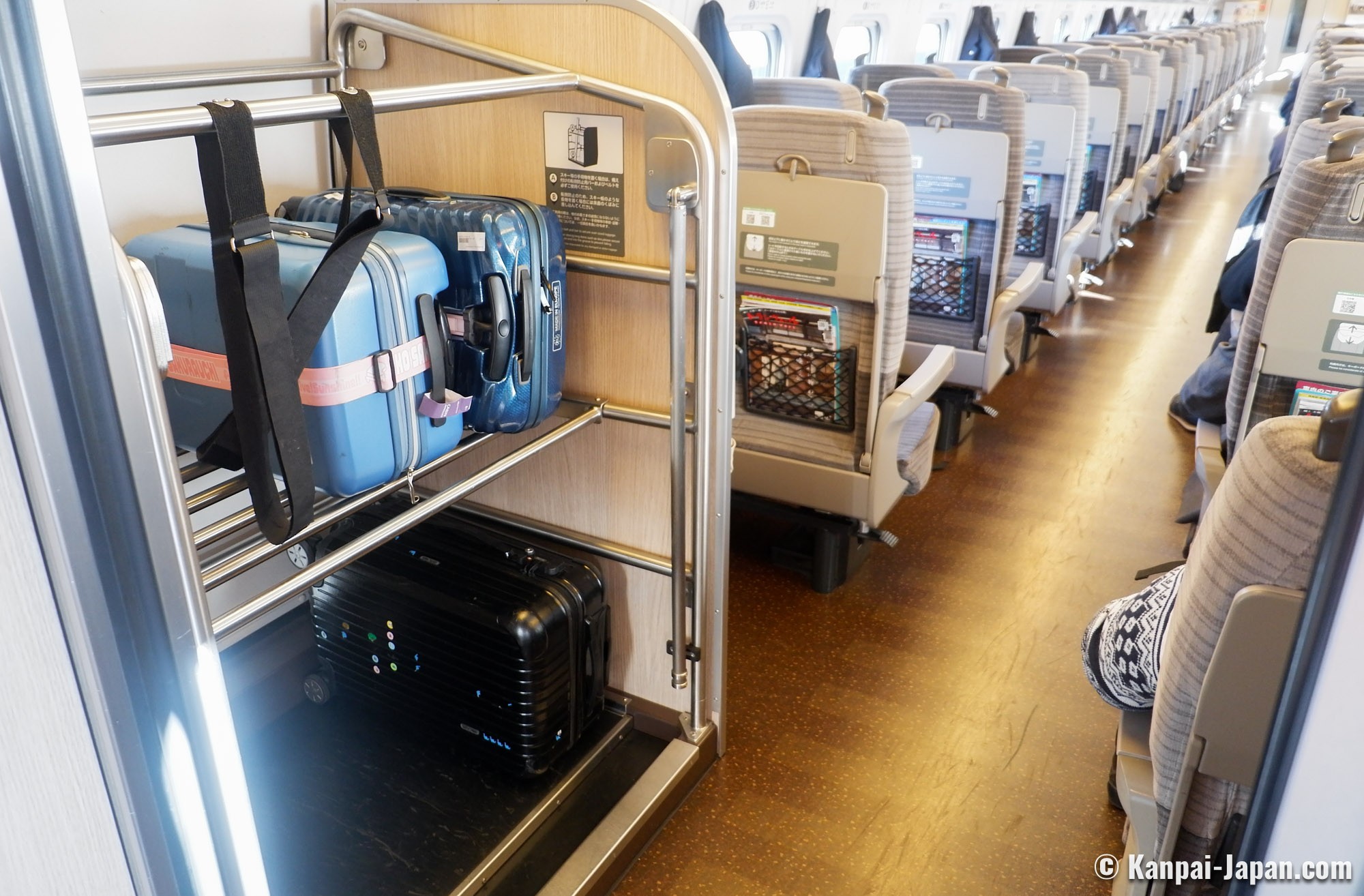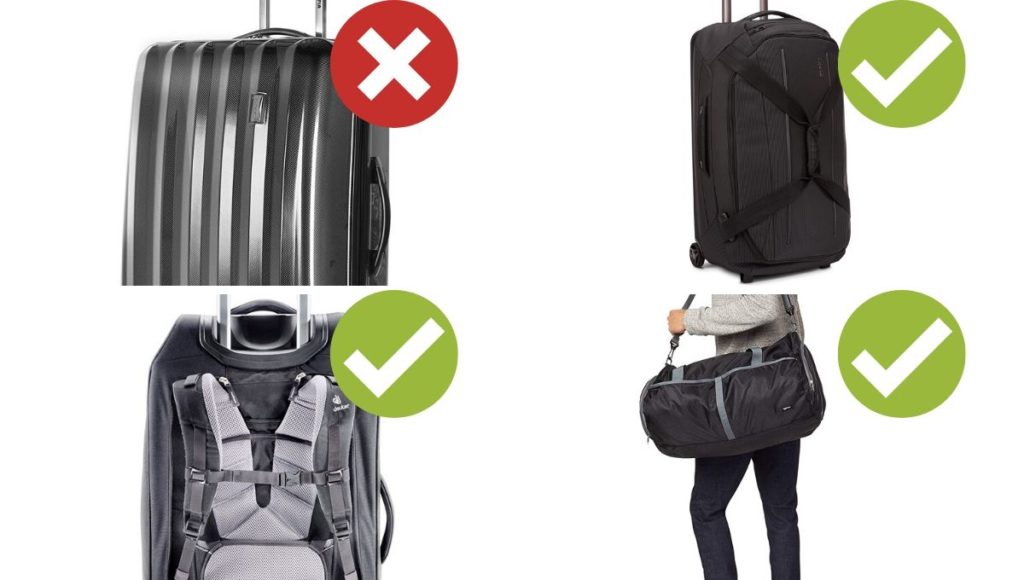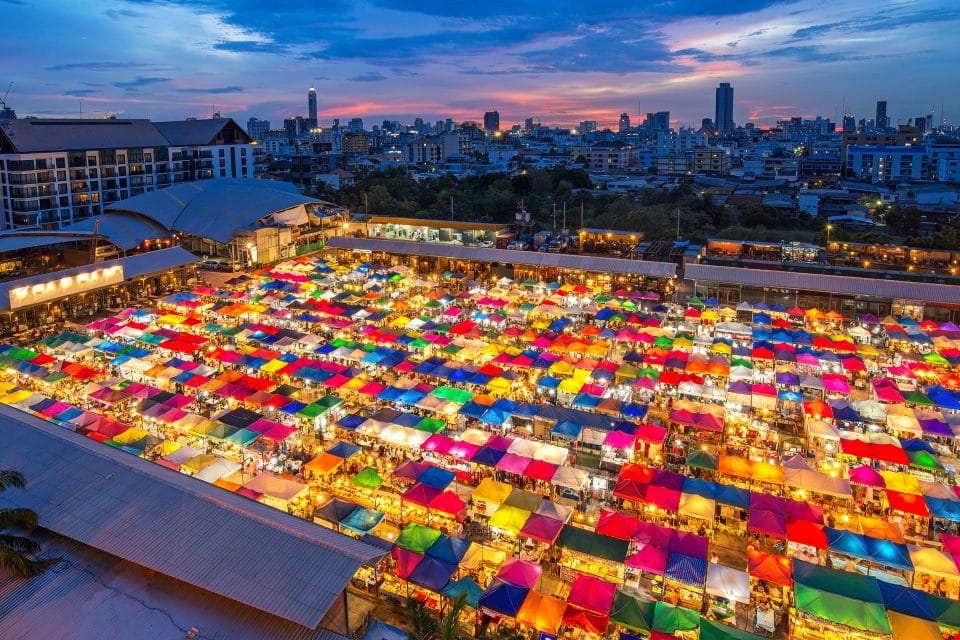Getting to Tokyo from the Airport
Traveling to Tokyo with luggage is easiest when arriving at Narita International Airport. The Narita Express (N’EX) connects directly to major stations in downtown Tokyo like Tokyo, Shinagawa, Shinjuku, and Ikebukuro. This express train has designated storage areas for baggage, making it very convenient for travelers with large suitcases. While Narita airport is far outside central Tokyo, the N’EX provides a comfortable ride into the city within an hour.
The train is rarely crowded, even during peak travel seasons. You can easily store your luggage and relax during the transfer. As one traveler recalled, the calm ride often resulted in a short nap! Just be sure to wake up before your destination stop. Exiting with luggage can become rushed if you sleep through your station. Overall, the N’EX is highly recommended for a stress-free journey into Tokyo with baggage in tow.

Navigating Tokyo’s Transport Network
Once in the city, Tokyo’s extensive subway and rail system can get you almost anywhere. However, navigating with large suitcases does require some planning. Underground subway carriages have very limited space, making it difficult to maneuver more than one rolling bag during busy times. The elevated Yamanote Line circles central Tokyo and provides more room since seats line the outer edges, freeing up the central area.
Commuter rail systems connecting outlying areas to central stations, such as the Chuo, Ueno, and others, offer varying degrees of space — generally more than subways but less than the Yamanote. No matter the specific route, travelers agree the best strategy is avoiding rush hour. “Crowds squeeze train carriages to capacity during peaks, leaving no room for luggage,” explained one frequent visitor. Outside of 7-9am and 5-7pm weekdays, Tokyo’s transport flows much more smoothly even with large bags.
Accessibility Concerns
Travelers should also be prepared for stairs and lack of elevators at many Tokyo stations. While the system continues improving accessibility, it remains a challenge for those with limited mobility or very heavy luggage. Escalators and stairs are the norm, so suitcases must be manageable to lift or roll between platforms. One seasoned traveler recounted trouble finding working lifts with their multiple large bags. “It’s ideal to keep luggage light enough to handle stairs if needed,” they warned.
Taxi Alternatives
For shorter trips within central Tokyo, a taxi can bypass crowded trains and stations. However, they are not recommended for longer journeys since fares rapidly become expensive. As one visitor discovered coming from Narita airport, “a single taxi ride from there to downtown would cost over $200 USD - far more than the train.” Still, cabs provide a practical alternative for some multi-transfer subway rides weighed down by bags. Hailing and paying involves less hassle than navigating trains plus transfers.
Managing Luggage on Trains and Subways in Tokyo (Continued)
Best Times to Travel
All experiences agreed the best times to travel Tokyo’s transport system with luggage avoids weekday rush hours between 7-9am and 5-7pm. Outside of peaks, subways and trains run more frequent schedules with less crowding. Even the busiest Yamanote Line often has space for rolling bags at other times. Early mornings before 7am and evenings after 7pm also tend to be smooth sailing.
Weekends sometimes see lighter crowds too, though major events and holidays could still draw large volumes. As one long-time expat pointed out, “Sundays often mean emptier trains throughout the day if you have flexibility in travel dates.” Advanced planning helps choose optimal traveling windows. Some flexibility opens options to side-step weekday gridlock with bags in tow around Tokyo.
Multi-bag Challenges
While one normal-sized suitcase or duffel poses little trouble on Tokyo transit, handling multiple large bags presents greater difficulties. Stairs and crowded spaces challenge even fit individuals. Organizing more than two rolling suitcases requires nimble coordination catching multiple escalators or navigating tight platforms.
A family recounted a tricky transfer between train lines while wrangling three large suitcases and carrying backpacks during rush hour. “It was a stressful experience we hoped not to repeat with young kids in tow,” they shared. Their advice - carefully consider minimizing bag numbers or choosing alternative transport like taxis for multiple large luggage transfers through Tokyo. Advanced planning helps work out the best options.
Tokyo Transit: Tips for Trouble-Free Travel with Bags
Pack Light and Smart
Experienced Tokyo travelers emphasize the importance of judicious packing. Rather than multiple large hard-sided suitcases that cannot be lifted or stacked, use soft duffels, backpacks or rolling backpack alternatives that consolidate items while maintaining portability. “Rolling luggage should have small wheels that navigate stairs and crowded areas more easily than large wheel sets,” noted one recurrent visitor. As subway space remains tight, every inch counts - so compress clothes and other non-essential items as much as possible.
Consider Luggage Delivery Services
For longer-term or repeat visits, sending luggage directly to accommodation avoids hauling bags on public transport entirely. Services like Japan Post and Kuroneko Yamato provide door-to-door baggage delivery within 1-2 business days between major cities for reasonable fees. Storage lockers could also stow main bags at stations until checkout for multi-city itineraries. Daypack essentials still travel light on the person.
Use Accommodation Transfers Wisely
Many hotels and ryokan bed & breakfast inns offer airport or station pick-up transfers bundled into room rates. For families or groups with bulky bags, these private vehicles solve transport challenges versus navigating crowded trains. However, for solo travelers or couples with carry-on sized luggage only, trains may prove cheaper and only marginally less convenient most of the time. Weighing options factors in individual travel party composition and needs.
Ask for Station Assistance If Needed
Should age, injury or other temporary factors limit luggage handling, stations staff some support. Cart rental, baggage wrapping tags for transfer assistance or other solutions exist particularly at major terminals. Communicating needs politely to station master offices or information centers helps coordinate aid discreetly. With preparation and care, even less mobile visitors can navigate Tokyo transportation comfortably without missing sights or missing transport connections due to baggage challenges.
Planning with Bags in Mind Makes Tokyo Accessible
By considering bag size and numbers, journey times, transport pros and cons, Tokyo remains easily reachable despite luggage. With the ability to transfer cases near seamlessly from airport to lodging via train or other means, travelers can focus on exploration without excess stress from bags. Advanced preparation lightens the load, both physically and mentally, to maximize Japan experiences. Approaching transport logistics systematically results in smooth travels around Tokyo for all.

 The Ultimate Guide to Exploring Los Angeles Like a Local
The Ultimate Guide to Exploring Los Angeles Like a Local